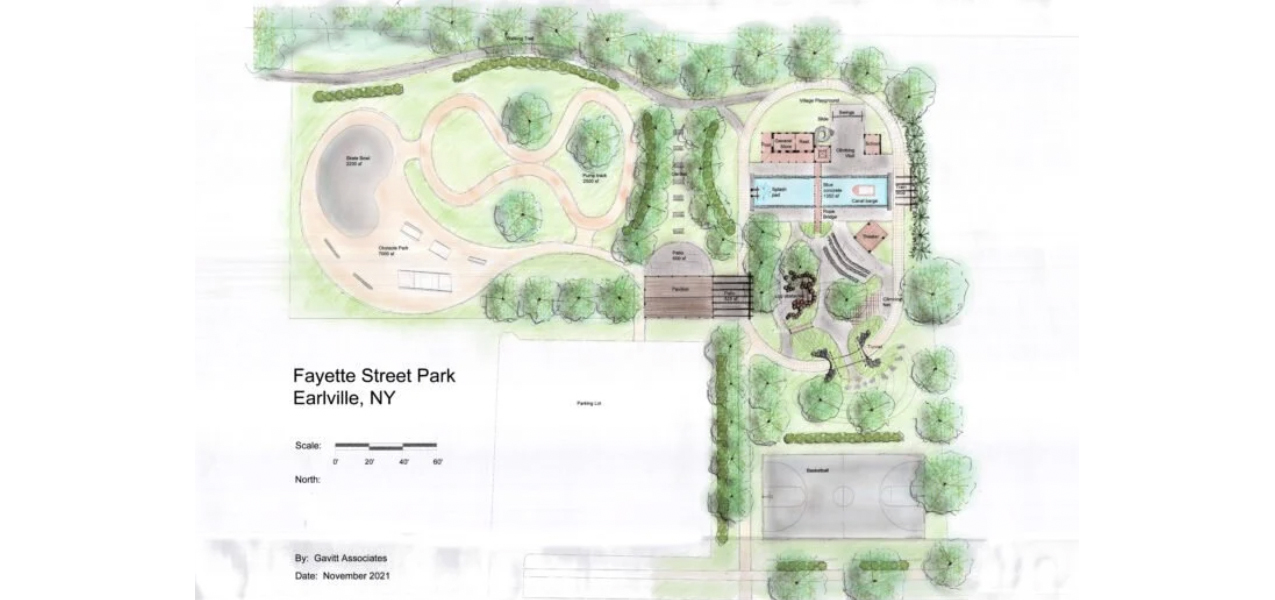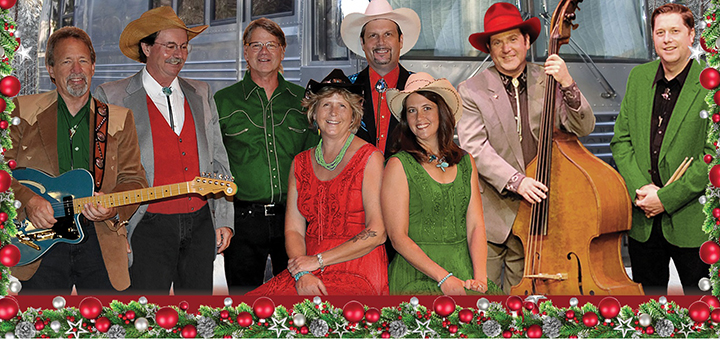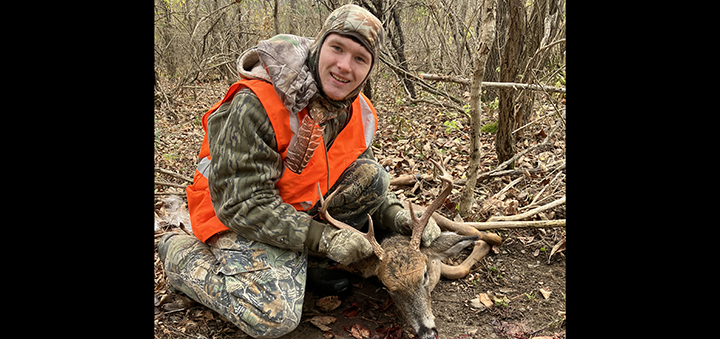Deer diseases, spruce grouse management, and more
Most deer hunters in Central New York are familiar with Chronic Wasting Disease (CWD) that was found here back in 2005. As you may remember, the NYSDEC set up an exclusion zone around the Oneida area, and did extensive testing over several years in conjunction with the Department of Ag and Markets. After thousands of deer were checked, it was determined that CWD did not exist in the New York deer population, and so the monitoring, testing, and quarantine program was suspended.
CWD occurs naturally only in mule deer, white-tailed deer, moose and Rocky Mountain Elk – and very likely other subspecies of elk. Thus, there are regulations in place affecting the import of these species into our state, whether they are live (for display, breeding or to a game farm) or harvested by hunters and brought in as game meat. The regulations affected animals brought in from western states and Canadian provinces.
Recently, CWD was found in a deer population in Maryland, and the DEC has revised its CWD regulations to prohibit the importation of certain parts of white-tailed deer taken in the state of Maryland. This addendum takes effect immediately. According to Commissioner Joe Martens: “Hunters who take a deer in Maryland must butcher the animal and remove the prohibited parts before entering New York State. Most successful hunters will opt to butcher a deer and put the meat in a cooler before traveling back to New York.”











Comments